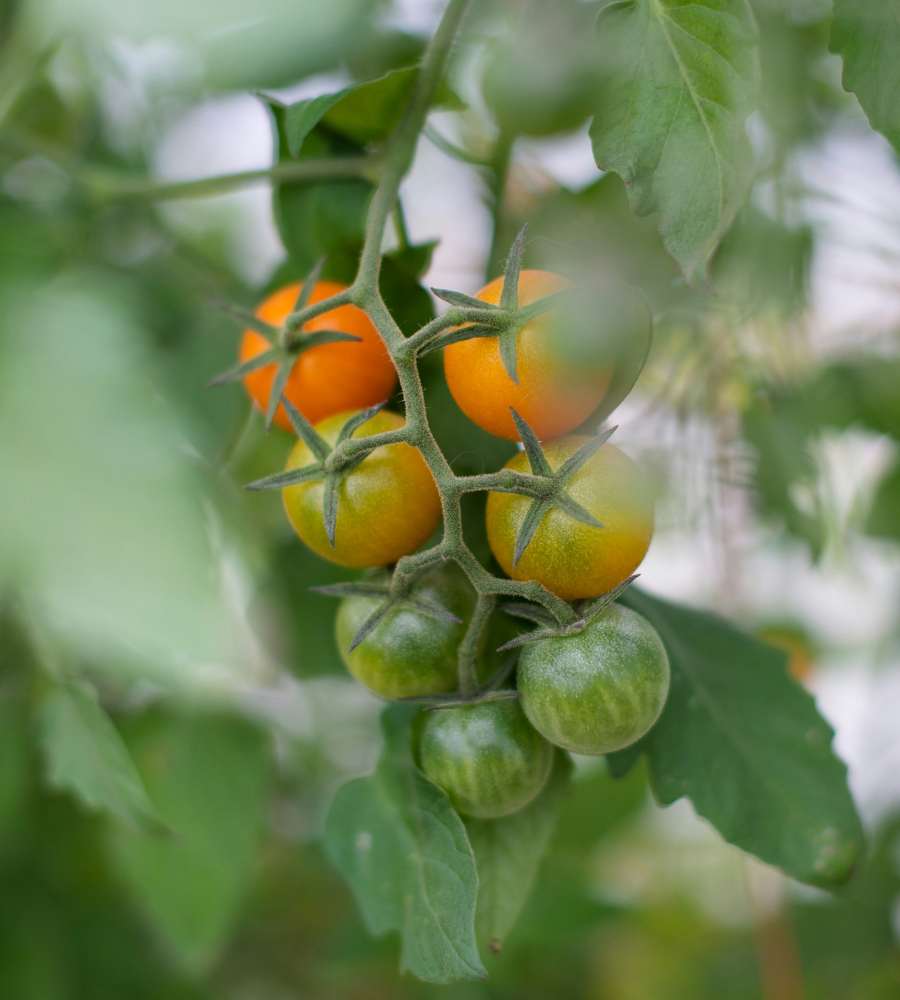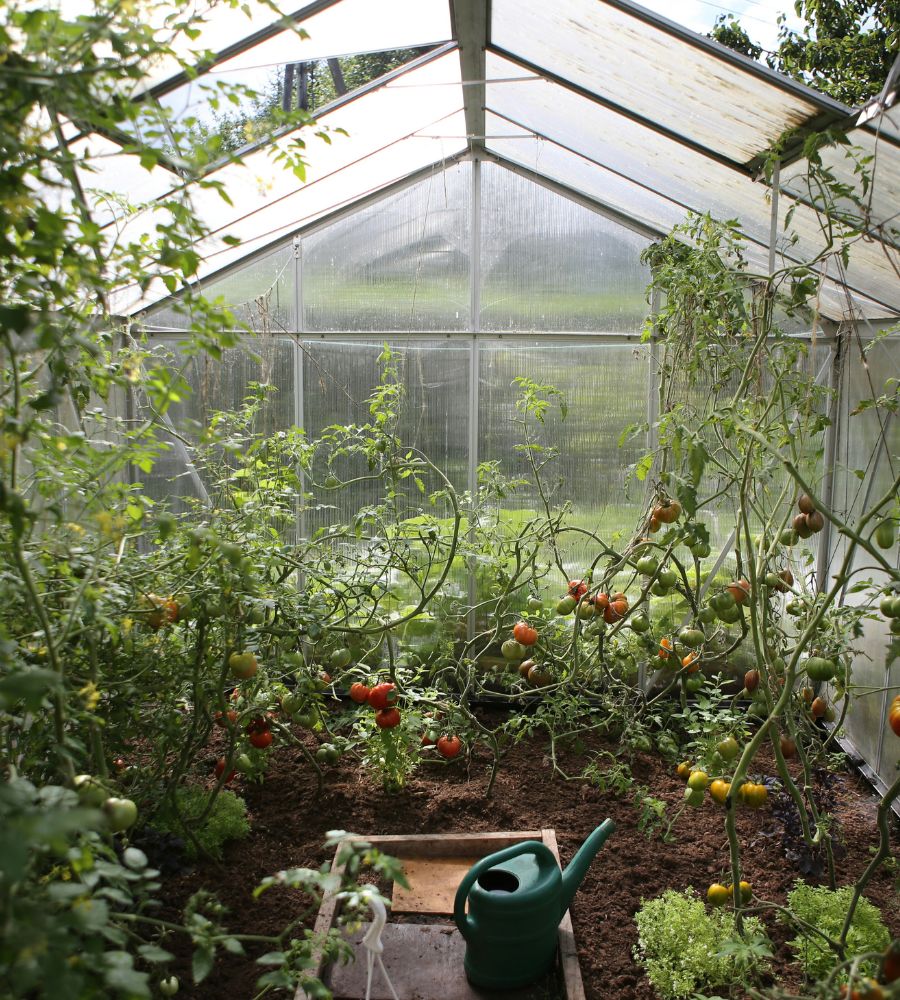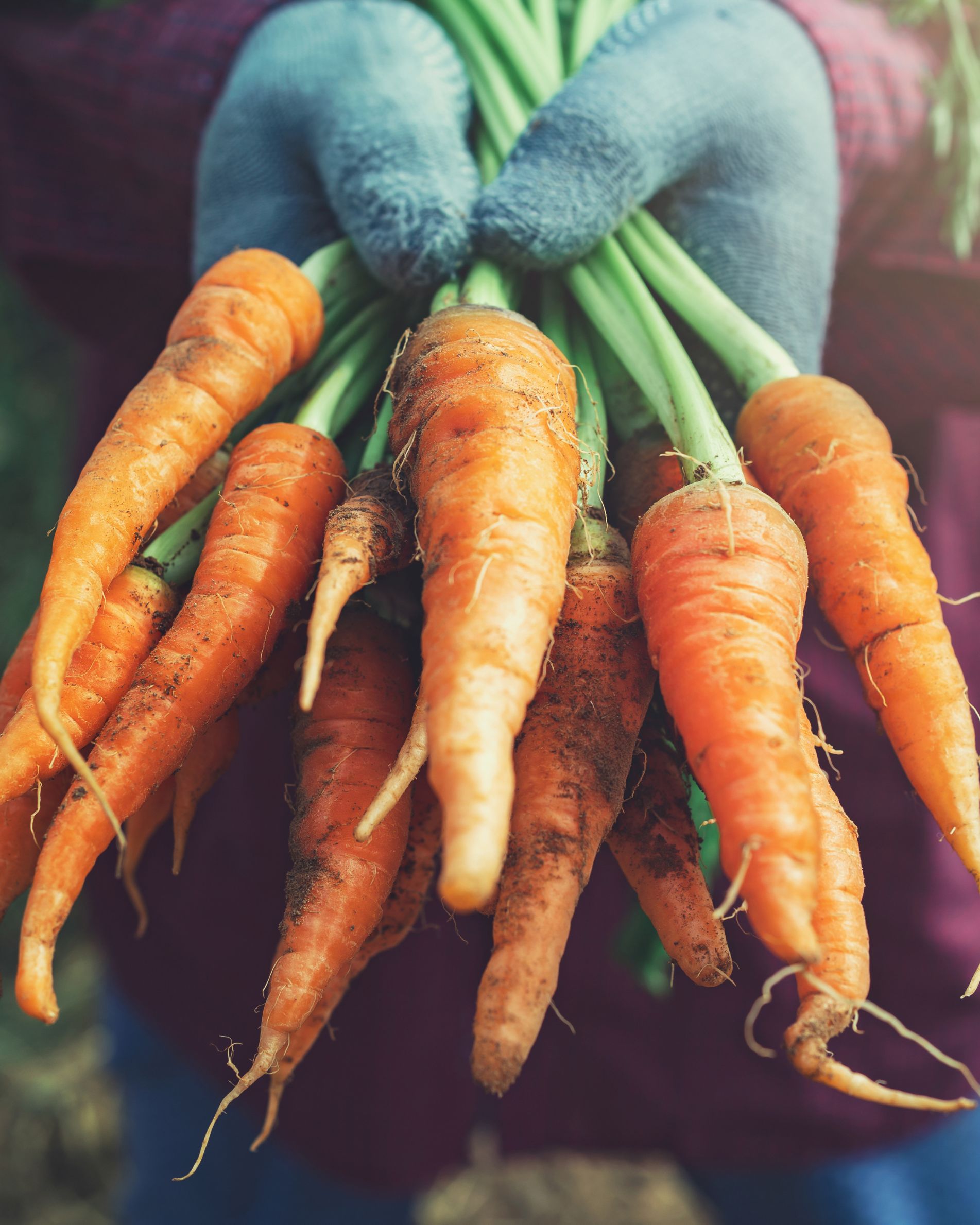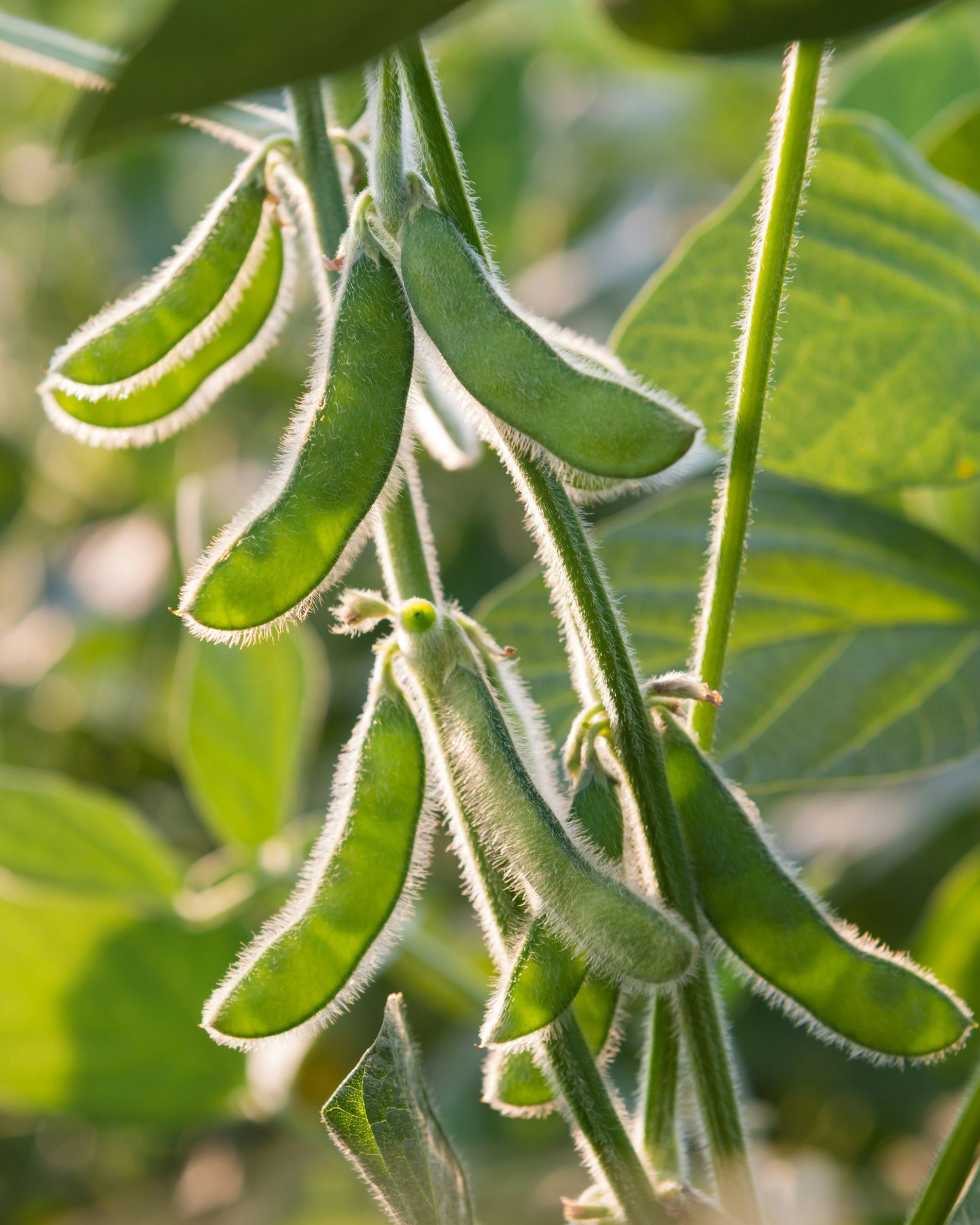
Eleanor Clarke
OUTDOOR GARDENING
How to Grow on Tomatoes
So you’ve sown the seeds/bought the mini plants, but what next? If your heart’s set on a productive vegetable garden this summer, it’s rarely enough to stick ‘em in the ground and wait for the magic to happen. You’ll need to follow up with a timely care plan, perhaps a little staking, some pinching out, a dose or two of tying in. But fear not – we’re by your side!. We’ll make it easy for you with our mini guides to some of the most widely grown veg.
Tomatoes, step by step
According to a Royal Horticultural Society survey a couple of years ago, the UK’s favourite grow-your-own veg is the tomato. We’re not in the least surprised. They’re simple to grow, and one of the best bets in terms of the difference in flavour between homegrown and supermarket bought. Let’s see how to grow them successfully from baby plant to harvest, in August.
A Quick Look at the Label
There are two main types of tomato: bush (eg ‘Tumbler’, ‘Tumbling Tom Yellow’ and ‘Totem’), which are compact and great for growing in pots, window boxes and hanging baskets. Confusingly, they’re also called ‘determinate’ tomatoes. Then there’s cordon (eg ‘Gardener’s Delight’, ‘Sungold’, ‘Tigerella’, ‘Marmande’ and ‘Moneymaker’) – also sometimes called ‘indeterminate’ varieties. This last group can grow up to 2m tall, but we’ll show you how to keep them under control. Within these two categories, some thrive outdoors, while others crop much better grown a greenhouse.
Since few Londoners have the luxury of a greenhouse and our climate is plenty warm enough to grow tomatoes outside, let’s presume we’re growing outdoor varieties.
When to Plant
If you’ve just bought baby plants (or you’ve been growing from seed and they’re decent sized plants in their own pots), then April and May is the time to get them used to the outdoors, gradually. First a few hours, then all day, then day and night, over the course of a week or so. When you’re sure there’s no danger from frost, then you can plant them out. We’d say around early May for us Londoners. If you’re wary of slugs and snails (and you’re wise to be), keep them in pots for a little longer, until they’re big enough to cope with a nibble or two here and there (you’ll probably need to pot up plug plants to give them space to grow).
Where to Plant
All tomatoes are sun lovers and need all the sun they can get to ripen well, so reserve the sunniest spot of your veg garden for them. The same applies if you’re growing bush/determinate varieties in window boxes, pots or hanging baskets (plant one tomato per hanging basket, perhaps with some basil). A good multipurpose compost is fine for pots.

Support Them
When you plant them, give each cordon tomato a stout stick around 1.5m tall for support. Put them into the soil around 15cm from each plant, and tie in the main shoot regularly as they grow, loosely using twine or soft ties.
Pinch Them Out
As cordon tomatoes grow, they bush out by growing little sideshoots from the axils between the main stem and the leaves. They often send out extra shoots from the base of the plant too. These will produce green growth at the expense of a good harvest, so pinch them out between your fingers – you’ll need to do this once a week when they’re growing strongly from May to July. You’re aiming for one tall, neatish plant without side branches.
Remove the Growing Tip
When cordons reach the top of their support cane, at around 1.5m, probably in July, pinch out the growing tip. There’s not much point growing them any taller as it’ll be hard to reach the fruit, and in any case the last trusses to form at the top of the plant are unlikely to ripen by the end of the summer.
Water
With tomatoes it’s not as simple as sloshing it on whenever they look dry. If you’re erratic, you’ll invite all kinds of problems, so water regularly, especially once the fruit are developing, and don’t let the soil around your plants dry out. If in doubt, stick a finger into the soil by the plant. If it’s dry at your fingertip, it’s time to water.
Remove some leaves
The average British summer is just about long enough to get your tomatoes ripe, but only just. Help them along by removing some of the leaves that are shading ripening trusses of tomatoes – from about late July.
Harvest
If you’re lucky you might have some tomatoes to harvest by the beginning of August. Cherry tomatoes come first, then smaller salad tomatoes, plum tomatoes and beefsteaks like ‘Marmande’. Pick regularly to encourage long cropping. Once you get into mid-late September it can be a good idea to bring whole trusses of tomatoes indoors to ripen on a sunny windowsill.
Common Problems:
1. My plant’s gone crazy bushy
You’ve left the sideshoots to grow, rather than pinching them out
2. Tomatoes are soft and green at the bottom
This is blossom end rot, caused by calcium deficiency from not enough water
3. Tomatoes have split
Not enough water; you’ve let your tomatoes get too dry before watering
Remember, if we don’t have specific plants in stock, just come and ask one of the team. We’ll be happy to suggest an alternative or order it for you, if we can.


